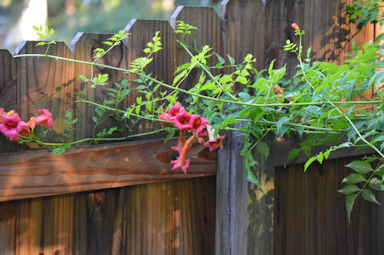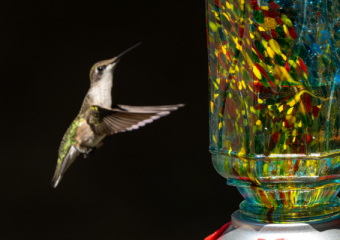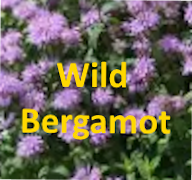Stunning Trumpet Vines Guide: Secrets, Nectar Mysteries & Effortless Growth
Trumpet Vines and Their Ingenious Mimicry of Hummer Nectar
Trumpet vines, with their distinctive lush, trumpet-shaped flowers, have evolved an extraordinary relationship with hummingbirds. These plants have captivated gardeners and nature enthusiasts alike, not just for their vivid beauty but also for their intricate dance of mutual benefit with these tiny, energetic birds. Understanding why and how trumpet vines mimic hummer nectar reveals a fascinating aspect of the natural world, where every drop of nectar and every curve of a petal serve a purpose.
The Art of Mimicry by Trumpet Vines
At the heart of this relationship is the trumpet vine’s ability to produce a nectar remarkably similar to the preferred nectar of hummingbirds. This isn’t a random trait but a strategic evolutionary adaptation. Hummingbirds play a crucial role in the pollination of trumpet vines. As they dart from flower to flower in search of nectar, they inadvertently transfer pollen, facilitating the reproduction of these plants. To attract these pollinators, trumpet vines have evolved to produce nectar that closely mimics the natural nectar sought after by hummingbirds.
The Nectar Production of Trumpet Vines
Trumpet vines produce a significant amount of nectar, which is a sugary fluid, to entice hummingbirds. Each flower can create enough nectar to make it worth the hummingbird’s effort, often several microliters per flower. The exact quantity can vary based on environmental factors such as sunlight, temperature, and soil quality. The nectar primarily consists of sucrose, fructose, and glucose, with sucrose being the predominant component, mirroring the sugar composition found in natural hummingbird nectar sources.
Comparing Trumpet Vine Nectar to Homemade Nectar
The nectar from trumpet vines is quite similar to the homemade nectar that many people make for hummingbird feeders, which usually involves a mixture of sugar and water, aiming to replicate the natural sugar content of floral nectar. Homemade nectar often follows a ratio of 1 part sugar to 4 parts water, closely mimicking the concentration of sugars found in the nectar of trumpet vines and other flowers favored by hummingbirds. However, the natural nectar also contains trace amounts of nutrients and amino acids that are beneficial to hummingbirds, which the homemade version lacks unless specifically added.
Growing Season and Plant Classification in the Southeast United States
In the Southeast United States, the trumpet vine thrives due to the region’s conducive climate. It is a perennial plant, meaning it lives for more than two years, growing back each spring after lying dormant during the winter. The growing season for trumpet vines in this region typically spans from late spring through the end of summer, offering a long blooming period to support local hummingbird populations throughout their breeding and migration activities.
Annual or Perennial?
Trumpet vines are hardy perennials, enjoying a life cycle that extends beyond a single year. This resilience makes them a staple in many gardens, where they can provide cascades of vibrant color and nectar for many seasons. Given their aggressive growth habit and ability to spread through both seeds and root suckers, gardeners in the Southeast and beyond often find them easy to cultivate but sometimes challenging to control.
In conclusion, the trumpet vine’s mimicry of hummer nectar is a testament to the intricate ways in which plant species have evolved to attract and benefit from the activities of pollinators. By closely matching the sugar composition and production rates of natural nectar sources, these plants ensure a steady visit from hummingbirds, which in turn aids in their pollination. As perennial plants, trumpet vines can offer years of beauty and ecological benefits, making them a fascinating subject for those interested in the interplay between flora and fauna. Whether in the wilds of the Southeast United States or in a carefully tended garden, the trumpet vine stands out as a vibrant contributor to the natural world’s complex and beautiful tapestry.

Brought to you by the staff of Hummer Nectar, pictures courtesy of the Sugar Shaker Nectar Maker (R) team.





